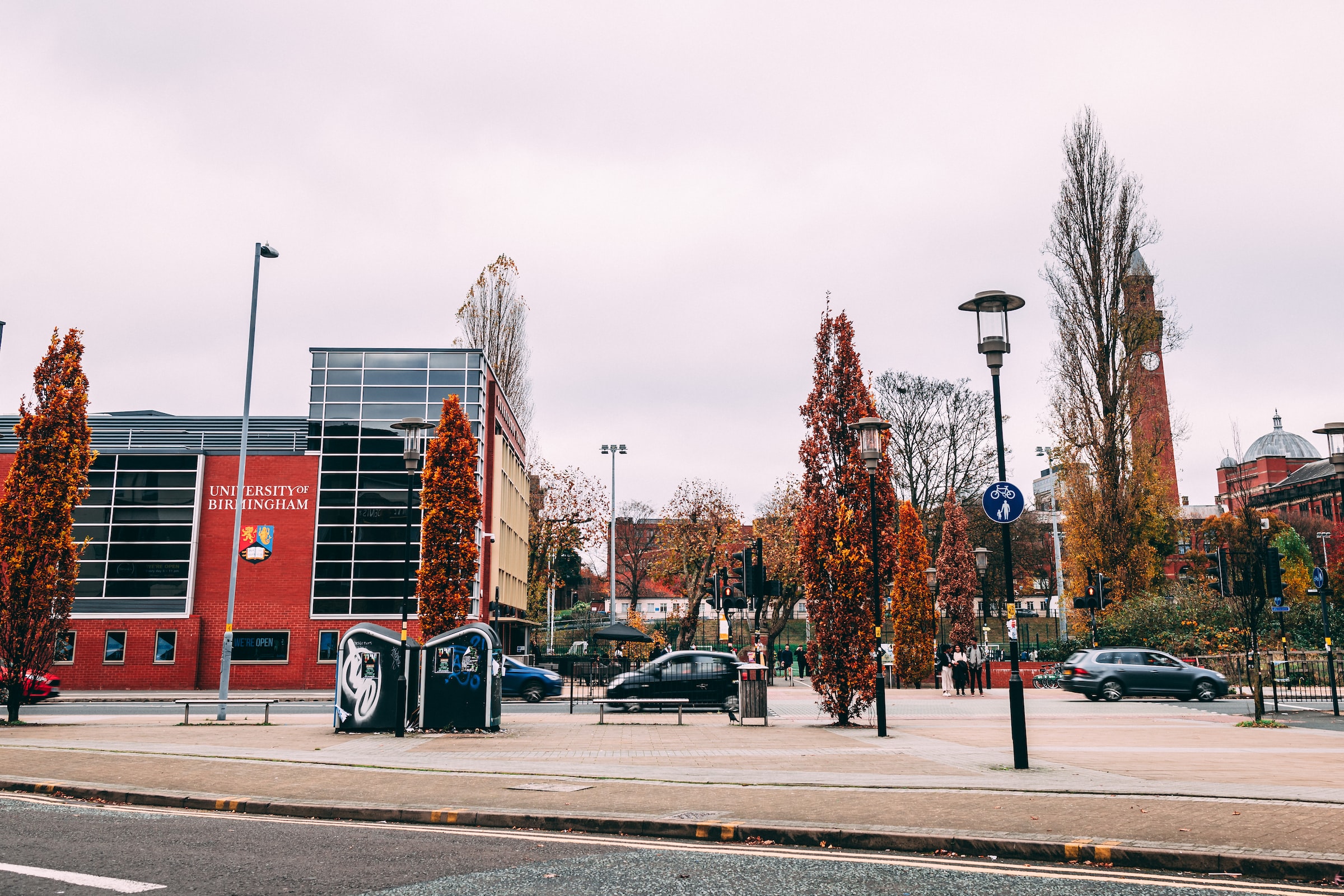
In this article, Comment Writer Jasmine Sandhar debunks the assumption that lockdown made women safer, instead detailing the ways in which lockdown merely revealed the pre-existing sexism inherent in the UK
Content Warning: This article mentions sexual harassment of women.
On the 24th February, British athlete Sarah McDonald undertook her usual daily run, as part of her training regime for the upcoming Tokyo Olympics. However, unlike usual, whilst McDonald was warming up on the towpath of a local Birmingham canal, she felt a man’s hand ‘grab her bum’ as he passed by on the back of a moped. Fortunately, the situation did not escalate and McDonald was not alone, but what if she had been? Would the moped have slowed down to a halt just in front of her? Would she have been trapped on either side with no means of escape? Would she have been held down and raped in turns by both men?

‘One in five women have suffered harassment on the streets since the government implemented stringent social distancing measures – with a fifth of them saying the issue of harassment has got worse during lockdown. The poll of more than 1,000 women aged between 14 and 21 discovered cat-calling and even sexual assault has persisted’ and ‘one in 10 said they have endured unwanted sexual attention, unwanted sexual or physical contact, or even men indecently exposing themselves to them on the street.’ Undeniably, there is a link between the Covid-19 pandemic and the increase in sexual assault. The question then becomes how and why?
Undeniably, there is a link between the Covid-19 pandemic and the increase in sexual assault
Primarily, it is due to lockdown. After constant government instruction to ‘stay at home,’ fewer people are out on the streets. Social distancing and the rule of six has also meant that there are smaller groups of people milling around or that women are more likely to leave the house alone. Police officers are being funded to support the Covid-19 response, meaning that their priorities have shifted to enforcing regulations at airports and shutting down illegal raves. Thus, women have been left to fend for themselves, as it appears that nobody is available at this time to help intervene. All of these measures have been put in place to ensure the safety of our country, yet a disproportionate number of women have been left even more vulnerable than they were to begin with.
A disproportionate number of women have been left even more vulnerable than they were to begin with
This is not limited to the outside world either, as there has been an upsurge in the rates of domestic violence within the private indoors of the home. Whilst the majority of people feel safer in their homes, shielded from any virus particles, around 1.6 million women feel as though they have been confined to an even greater danger. During the first lockdown, ‘in April, May and June roughly one-fifth of all offences recorded by the police were flagged as domestic-abuse related, which represents an increase of around five percentage points compared with the same period in previous years.’ Domestic abuse charities have reported that in June, ‘calls and contacts were nearly 80% higher than usual’ and ‘more than 40,000 calls were made to the National Domestic Abuse Helpline during the first three months of lockdown.’ Lockdown has realised these women’s worst nightmares, as they are trapped between four walls and their abuser, unable to escape to their jobs in the public sphere.

It has become much more challenging for women to report these issues, because everything is occurring in a virtual environment
In fact, working online has led to a whole host of issues for women. It was widely believed that working from home would decrease sexual harassment, due to the physical restraints of not being in a shared space; however, incidents have become more psychologically harmful instead. Harassers have found ways to adapt their abuse to online platforms, whether it be through the subtleties of ‘muting women on video calls or not inviting them to meetings,’ openly sexist comments with ‘male managers telling women to attend video calls wearing more make-up and ‘”sexier” clothing’ or in the most severe of cases, the director of a company taking screenshots of women during meetings to share with colleagues and make derogatory statements that imply the photos resemble sexual acts. A survey undertaken by Rights of Women found that ‘23% of women who have experienced sexual harassment reported an increase or escalation whilst working from home, since the start of lockdown (23rd March 2020).’ Furthermore, it has become much more challenging for women to report these issues, because everything is occurring in a virtual environment where methods of communication are proving ineffective and so voices can be easily silenced or overlooked. Add to this the pressure of losing one’s job, a fate suffered by many who speak out about their harassment, during a global recession and women are left with very limited options but to tolerate the abuse.
Seuxal harassment, assault and domestic abuse, whether online or in-person, are the physical and violent manifestations of the perennial problem of misogyny. These issues have been overlooked for long enough, constantly bubbling under the surface and simmering over every so often in the media with a trending #MeToo hashtag or celebrity scandal; however, in the same way that McDonald’s sexual assault was ‘a wake up call’ for her, Covid-19 has acted as a striking and unforgettable reminder of the inherent, structural sexism in the UK and around the rest of the world. If women cannot feel safe in workspaces, public areas or in their own homes, where and how are we to live? Until the countless columns holding up the outdated ideals of the patriarchal institution are pulled down, I’ll be waiting on an answer.
Did you enjoy this article? Read more from Comment:
Influencers in Dubai: Can We Consider Their Work Essential?
Queen’s Consent: The Constitutional Monarchy is at Odds with Democracy

Comments